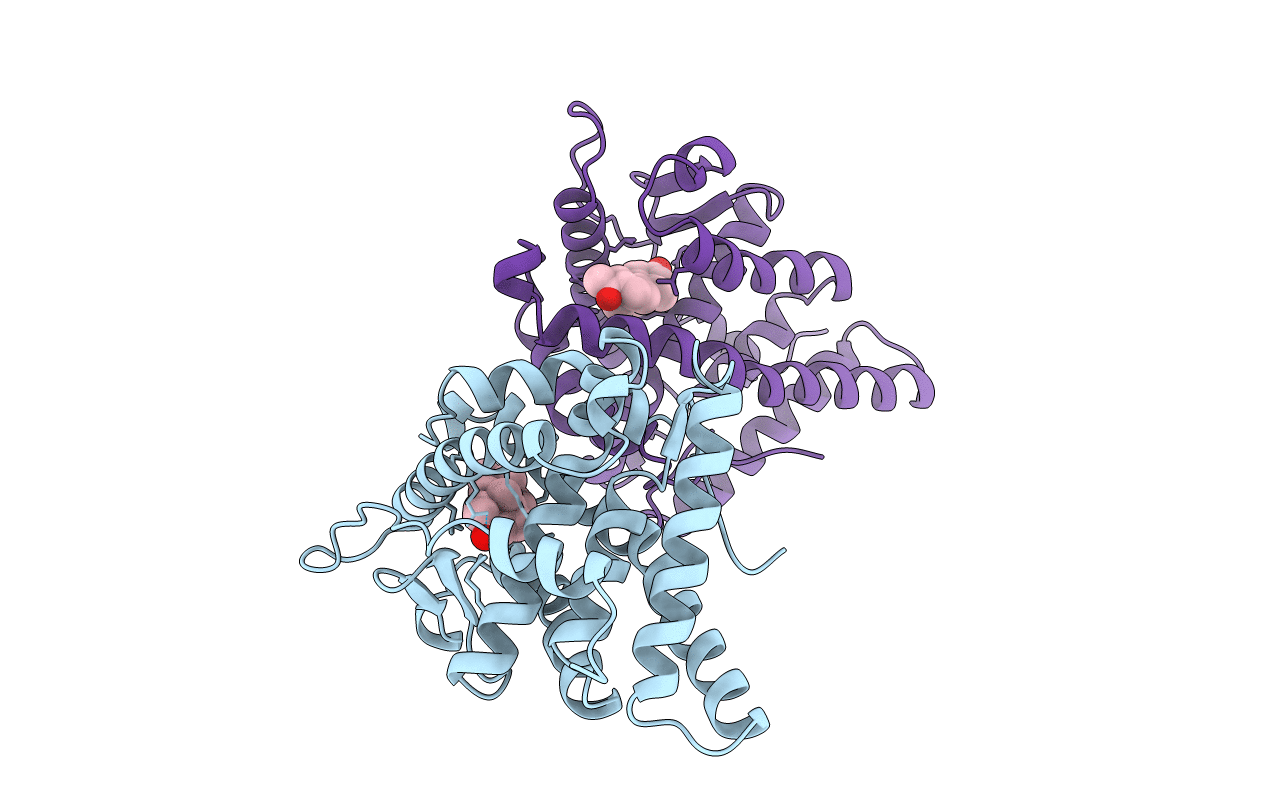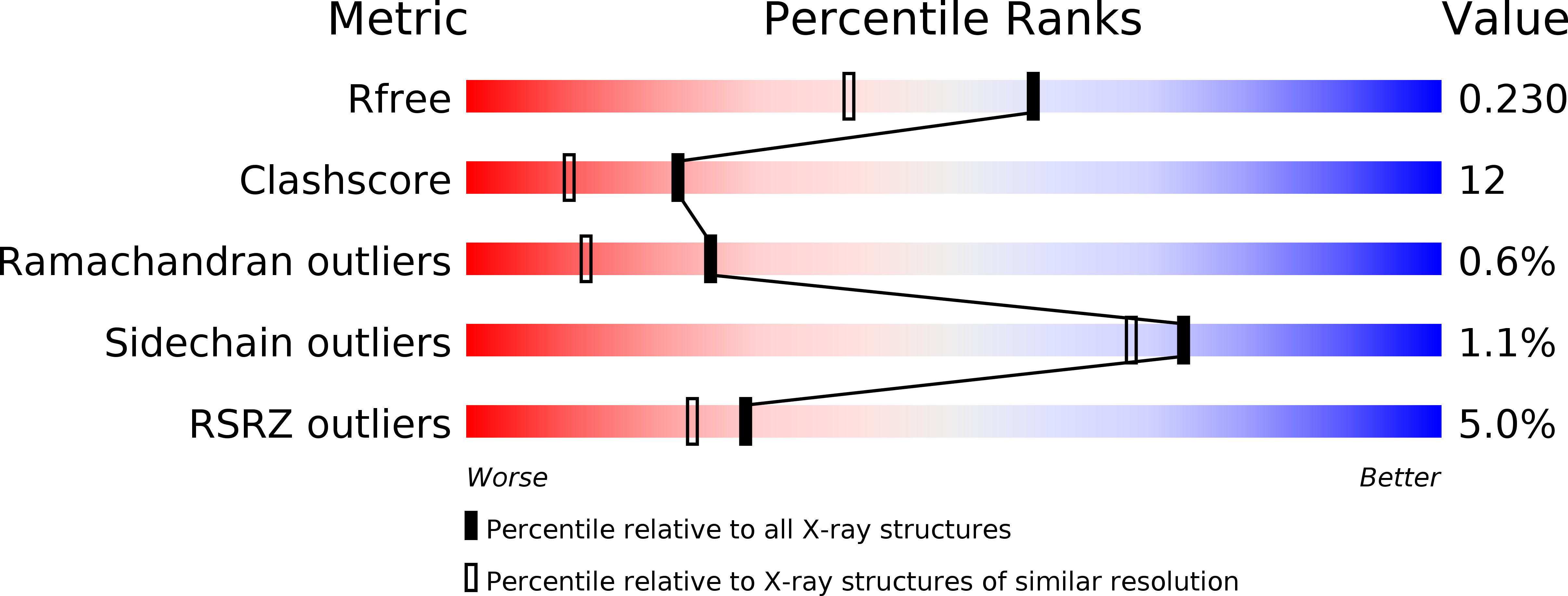
Deposition Date
1998-01-19
Release Date
1998-07-15
Last Version Date
2024-02-07
Entry Detail
PDB ID:
1A28
Keywords:
Title:
HORMONE-BOUND HUMAN PROGESTERONE RECEPTOR LIGAND-BINDING DOMAIN
Biological Source:
Source Organism:
Homo sapiens (Taxon ID: 9606)
Host Organism:
Method Details:
Experimental Method:
Resolution:
1.80 Å
R-Value Free:
0.22
R-Value Work:
0.19
R-Value Observed:
0.19
Space Group:
P 1 21 1


